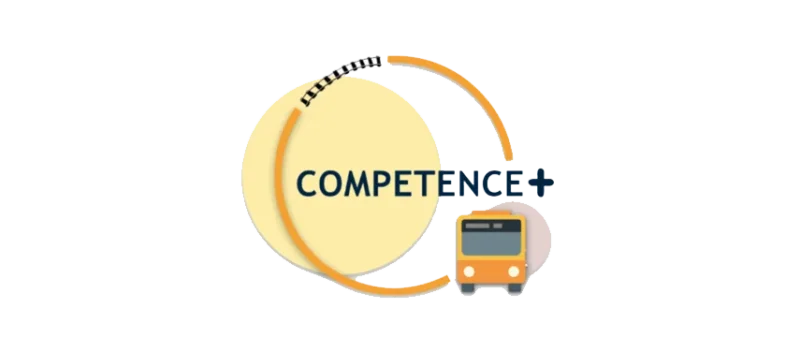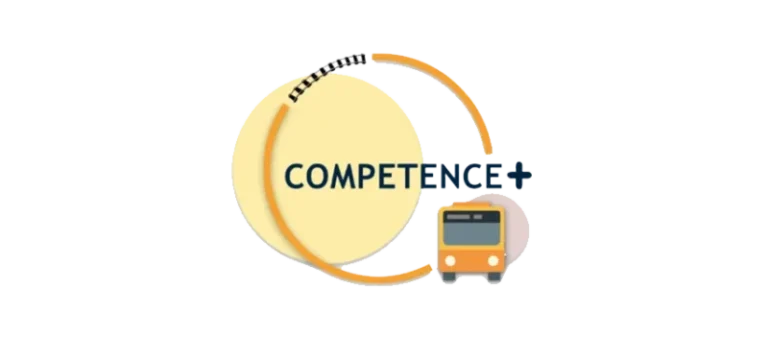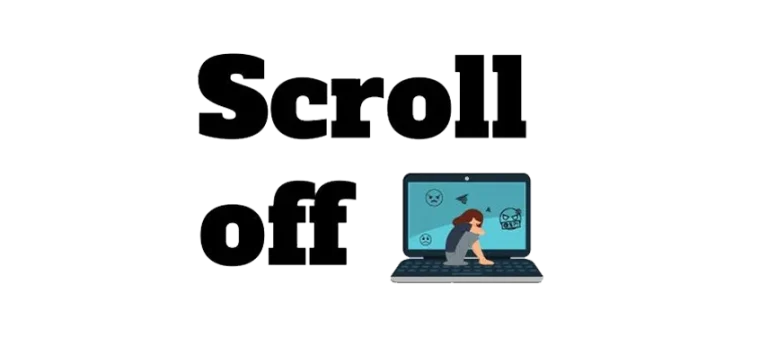
THE ‘A’ CLASS
Integrating And Supporting Students With Autism In The Mainstream Classroom
Autism Spectrum Disorder (ASD) is a disorder that affects every individual to a different degree. It can be termed as a lifelong complex developmental disorder, which is characterised by a triad of qualitative impairments in social communication, social interaction and social imagination (Wing & Gould, 1979).
In addition to these impairments, ASD people often struggle with sensory hyper- or hypo- sensitivity to visual, auditory, tactile, proprioceptive, gustatory and olfactory stimuli (Hinder 2004).
Epidemiological studies estimate that 1 in 59 births is likely to include a child with characteristics of the autism spectrum in the near future (Schendel, Thorsteinsson, 2018). Although nearly half (44%) of students with ASD fall in the typical range or above on cognitive ability, many of them are placed in mainstream classrooms (Bolourian, et.al. 2019).
And although placement in general education has been shown to be beneficial for many students with ASD and is often preferred by parents, mainstream teachers receive little specialised training on how to effectively manage students with ASD (or related developmental disorders) in the classroom.
It is, therefore, clear that teachers throughout Europe are likely to encounter a student with ASD in the mainstream class. Autism in the classroom is hard for teachers to deal with, especially as many children on the spectrum have accompanying learning disabilities or other conditions such as ADHD, pathological demand avoidance (PDA), epilepsy, learning difficulties (www.autism.org.uk/). Professionals support that it takes hard work to help a child with autism get the most out of the classroom experience. It also takes a good dose of structure and the understanding that every child with ASD is unique, which means each child has different styles of learning (www.webmd.com).
Although recently much has been researched about how children with ASD learn, there is not one educational or treatment program for them (Schriber, Robins, Solomon, 2014) and this population is at heightened risk for poor academic outcomes, especially due to the social and behavioural difficulties they display (Bolourian, Stavropoulos & Blacher, 2019).
Existing trainings for school teachers provide little knowledge considered necessary to understand the behaviours of students with ASD (Horrocks, White & Roberts, 2008). Many teachers report a lack of training or readiness to teach students with ASD (Valentini, 2010). Although children with autism stand a greater chance of doing better in the mainstream classroom (McAllister, 2010), many schools are unprepared to accommodate them, as evidenced by the number of legal disputes with families of students with ASD (Bolourian et.al., 2019).
Project Objectives
The need to prepare mainstream teachers in evidence-based approaches and practices to enhance the academic and social learning opportunities for these children is imperative.
Therefore, having as target group primary school teachers, we propose a project with the following objectives:
• Design, test and publish an innovative educational package (curriculum, handbook, activity book for teachers, classroom management/ reinforcement software for children, Infographics, e-Learning platform) on evidence-based teaching approaches (based on Applied Behaviour Analysis-ABA) for primary school teachers that will guide and support their teaching of children with autism integrated in the mainstream classroom
• To provide quality training to primary school teachers on how to utilise the innovative educational package in the mainstream classroom to understand, assess and manage behaviours of children with autism and create individualised behaviour support plans to prevent and/or de-escalate their challenging behaviours
The project results are directly linked to intellectual outputs and activities carried out within the project implementation period. & partners from Lithuania, Spain, Czech Republic, Italy, Croatia, Cyprus, and The Republic of North Macedonia, will work together to achieve the following results:
The “A” Class Educational Package including a Curriculum and Handbook for primary school teachers, an Activity book for teachers, classroom management/ reinforcement software for children with autism, Infographics booket and an e-learning platform, all interconnected.
| Organization Name | Country |
|---|---|
| SOSU | Denmark |
| INERCIA | Spain |
| MASARYK UNI | Czech Republi |
| EURONET | Italy |
| CENTAR ZA AUTIZAM | Croatia |
| STANDO LTD | Cyprus |
| BLUE FIREFLY | Macedonia |
Disclaimer: This project has been funded with support from the European Commission. This publication reflects the views only of the author, and the Commission cannot be held responsible for any use which may be made of the information contained here.







